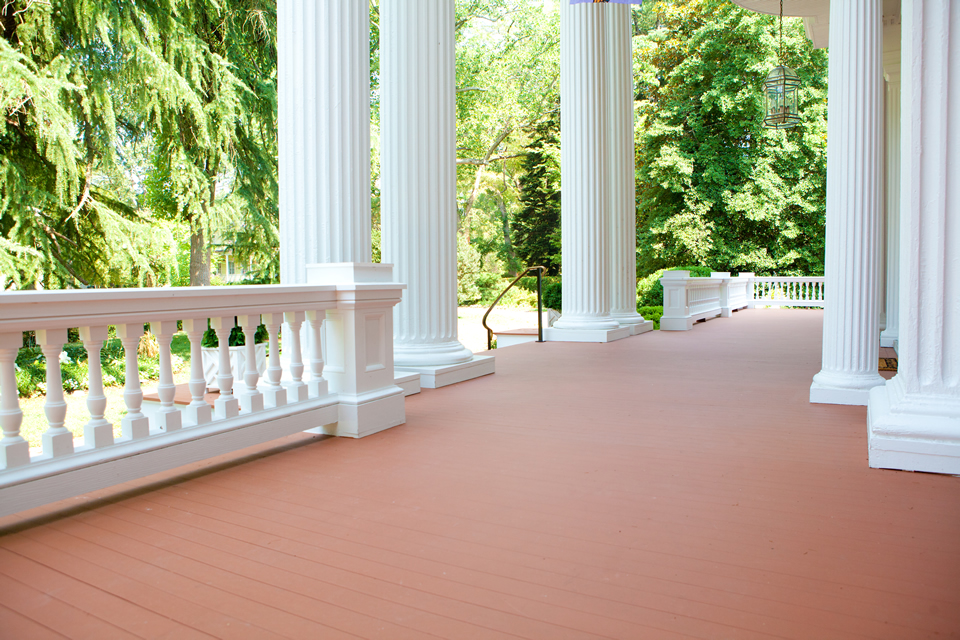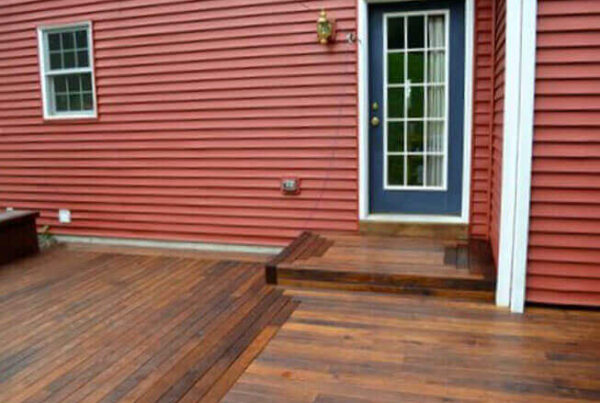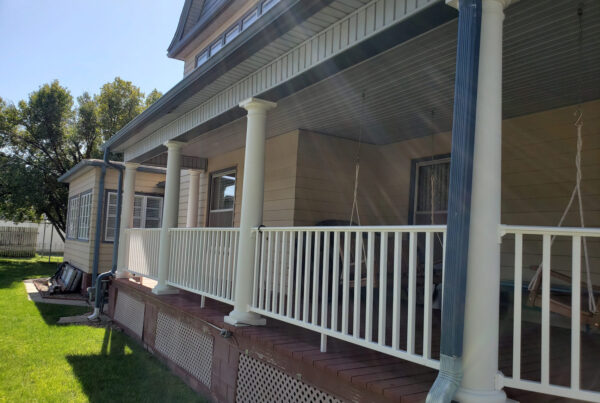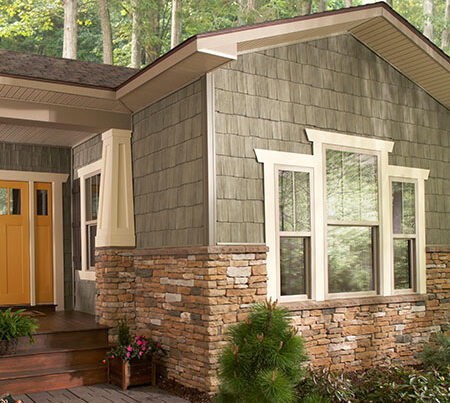If you’re thinking about replacing your home’s floor, you might be wondering about PVC and wooden flooring. These two materials are quite popular, and each has its own perks. Let’s break it down in a simple way for you to understand PVC flooring vs. wooden flooring.
**Maintenance:**
PVC is a breeze to take care of. Just a little cleaning with a sponge and mild soap usually keeps it looking great. But wooden floors? They demand a lot more attention when it comes to dealing with dents, scratches, and marks. Plus, wood doesn’t like moisture and can get moldy. To keep wood floors in top shape, you’ll have to wax them at least once a year.
**Slip-Resistance:**
Both types of flooring can get slippery when wet or dusty, but if we compare how well they prevent slipping, PVC is the clear winner. It’s less slippery than wood, mainly because it’s more flexible.
**Environmental Impact:**
People often prefer reclaimed wood because it’s local and doesn’t require as much energy to produce. But if you want to be super eco-friendly, PVC porch flooring is the way to go. No trees need to be cut, and you get a long-lasting product.
**Longevity:**
Nobody wants to keep changing their flooring all the time. Wood floors can warp, dent, and scratch. Even if dents fade over time, your floor loses its original beauty, and you might have to replace it early. PVC flooring, on the other hand, is generally tough and can handle regular wear and tear, as well as chemicals and moisture.
**Cost:**
Both PVC and wood floors are affordable initially. They’ll cost you about the same for the same area. Where the difference shows up is in maintenance and damage. Wood is pricier to keep up and more prone to damage, so PVC might be a better value.
When it comes to choosing flooring, both wood and PVC have their pros and cons. But if you’re leaning towards PVC because it’s easier to maintain, you’re probably making a smart choice. Consider high-quality Aeratis PVC flooring as a top option for your flooring needs.











